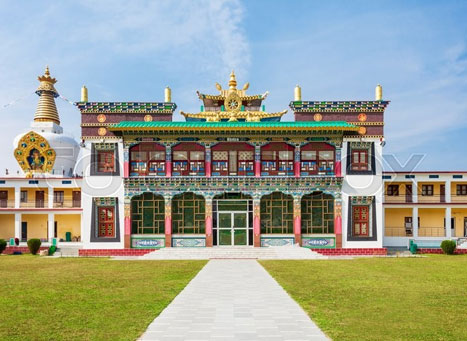
Tapkeshwar Temple
Tapkeshwar Temple in Dehradun, also known as Tapkeshwar Mahadev Temple, is one of the most famous temples dedicated to Lord Shiva. Situated by the forest side, the main shivalinga at the temple is inside a natural cave. Water drops from the ceiling of the cave trickle down over the shivalinga in a continuous downpour, making for an interesting spectacle.
The Shiva linga is in a cave nearby where the river enters and water droplets drip down on the Shivalinga. The small cave with this splendid scenery is said to have been once resided by Dronacharya- the teacher of Pandavas and Kauravas in the Hindu epic Mahabharata written by Ved Vyas. The cave is thus named Drona Cave after his name.
Rajaji National Park
Rajaji National Park is an Indian national park and tiger reserve that encompasses the Shivaliks, near the foothills of the Himalayas. The park is spread over 820 km2., and three districts of Uttarakhand: Haridwar, Dehradun and Pauri Garhwal. In 1983, three wildlife sanctuaries in the area namely, Chilla, Motichur and Rajaji sanctuaries were merged into one.
Rajaji National Park has been named after C. Rajagopalachari (Rajaji), a prominent leader of the Freedom Struggle, the second and last Governor-General of independent India and one of the first recipients of India's highest civilian award Bharat Ratna (in 1954).

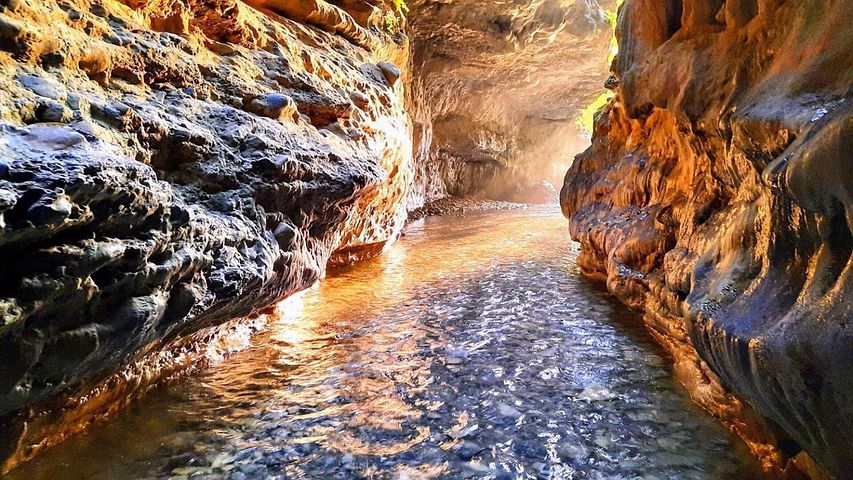
Robber's Cave
Robber's Cave (locally known as Guchhupani), located near Sahastradhara (thousand fold spring), is a river cave formation in Himalaya, located approximately 8 km from the centre of Dehradun City in Uttarakhand state of India. The cave is about 600 metres long, divided into two main parts. The cave has a highest fall of about 10 metres. In the central part there is a fort wall structure which is now broken.[1] It consists of an extremely narrow gorge formed in a conglomerate limestone area on Doon Valley's Dehra plateau.
It is a natural cave formation where rivers flows inside the cave. The place is a popular tourist spot and is now being maintained by Uttarakhand State. Local bus services are available up to Anarwala Village, from where it is a kilometre's trek away.
Tibetan Buddhist Temple
The Tibetan Buddhist temple is one of Dehradun’s famous landmarks and is known for its beautiful architecture, impressive interiors and peaceful surroundings. The wall paintings inside the temple depicting the life of Lord Buddha are simply spectacular. The temple was constructed in 1965 by the Tibetan community in India as an imitation of a Tibetan Monastery.
Built with the aim to preserve and promote Tibetan culture in India, the Tibetan Buddhist Temple is built in a Japanese architectural style and the temples main stupa is 220 feet high. Spread over five floors, the Tibetan Buddhist Temple contains statues of Buddha and ethereal wall paintings. The temple also has an open air viewing platform from where you can enjoy 360 degrees view of the city of Dehradun.
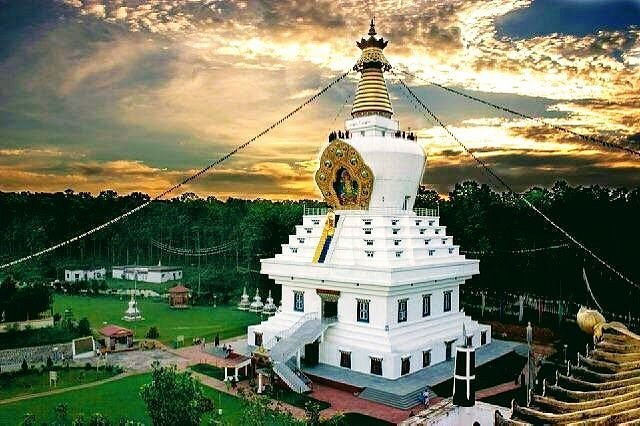
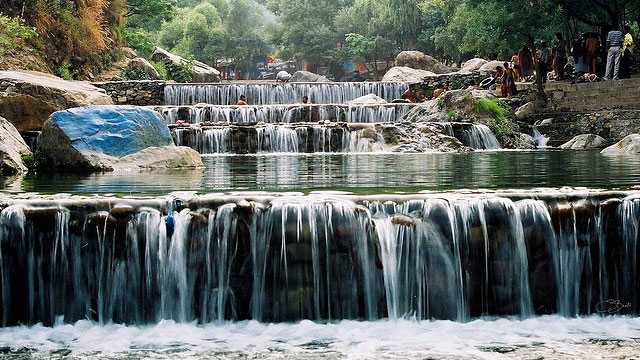
Sahastradhara
An excellent warehouse of caves and waterfalls, the region near Sahastradhara is one of the most popular tourist destinations in the state of Uttarakhand. To be precise, the attraction that draws a lot of tourists from far off places is the sulfur water spring which also has immense scenic beauty. Bathing in this sulfur water spring feels cold, but it offers remarkable medicinal advantages. Waters of Sahastradhara are full of sulfur contemt and it has a fall of around 9 meters at some portion.
It is an amazing experience to bathe in the water of Sahastradhara. Although you can visit the shiksha place anytime in the year, but it is certainly a delight if you go their in the rains.
Clock Tower
Clock tower, also known as "ghanta ghar" is a very famous tourist attraction. It was started in the year 1948 and got completed in 1953. The much respected Lal Bahadur Shastri inaugurated the monument. It was a renowned landmark of the city and was built by the British before India got its independence. The clock does not tick at present, but it is said that years ago when it was built, the peak of it was such that a person on the other end of the city could hear it as well.
The clock tower is situated on the Rajpur Road and is surrounded by numerous business centers. The tower has a gold plate on top of it which has all the names of the freedom fighters who fought for the independence of the country and helped it break free from the chains of British slavery.
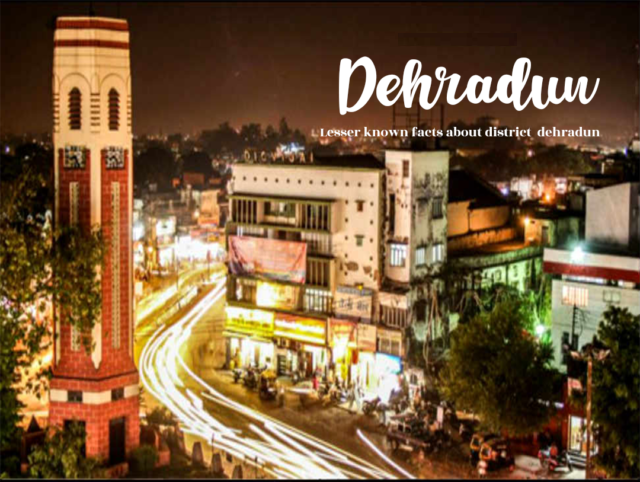
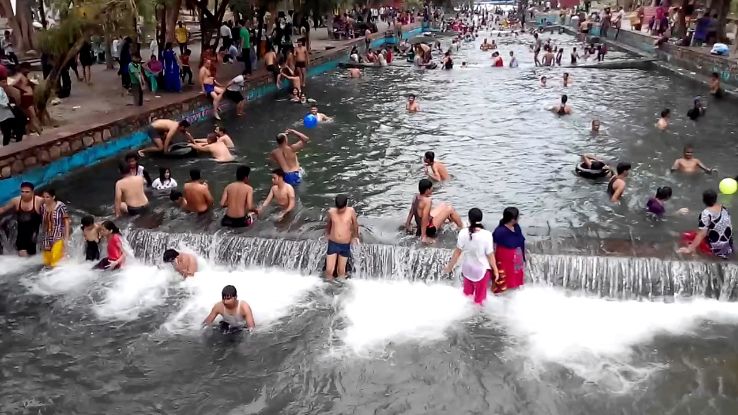
Lachhiwala
Encircled between Sal trees, Lachhiwala provides a calm and fun loving environment for visitors. Children and elders find Lachhiwal equal enjoying. Apart from nature views, visitors like to enjoy fun bath in man made water pools here. A stream from Suswa River is collected in number of pools.
Now known as Nature Park, Lachhiwala is a collection of man-made pools where you can have a good time with your friends and family. Flanked by Sal trees, it has a pleasant atmosphere like a forest; adding to the charm of the place. Tourists can also indulge in trekking and bird-watching in the area. The water in these pools is sourced from the Suswa River, flowing nearby.
Mindrolling Monastery
Translating into the ‘Place of Perfect Emancipation’, Mindrolling Monastery is one of the biggest Buddhist learning centers in India. Constructed by Kochen Rinpoche in 1965, it took three years for the monastery to take the final shape. Dedicated to Buddhist teachings and world peace, this monastery in Clemant Town has a 60-metre tall stupa housing important Tibetan relics, scriptures and wall paintings.If you are looking for a place to escape the noise and pollution of life in the 21st century, taking a trip to the Mindrolling Monastery is probably the best idea. The Mindrolling Monastery is one of the most famous monasteries in Dehradun and for good reason. The Buddhist community in Dehradun has evolved around this monastery since its construction. The major attractions of this place include the art, the statue of Lord Buddha, the relics, paintings and also the stupa.
